“The drawing process as I learned it was the education in a style of vision,” says Anthony Matromatteo. Keep reading his essay on drawing and the block-in stage here. Matromatteo has been on the faculty of the Figurative Art Convention & Expo.
The Block-In, or Learning to Un-See and to See
BY ANTHONY MASTROMATTEO
Let me begin with the following sentences from Maurice Merleau-Ponty’s “Phenomenology of Perception”:
“With the gaze we have available a natural instrument comparable to a blind man’s cane. The gaze obtains more or less from things according to the manner in which it interrogates them, in which it glances over them or rests upon them. Learning to see colors is the acquisition of a certain style of vision, a new use of one’s own body; it is to enrich and to reorganize the body schema.”
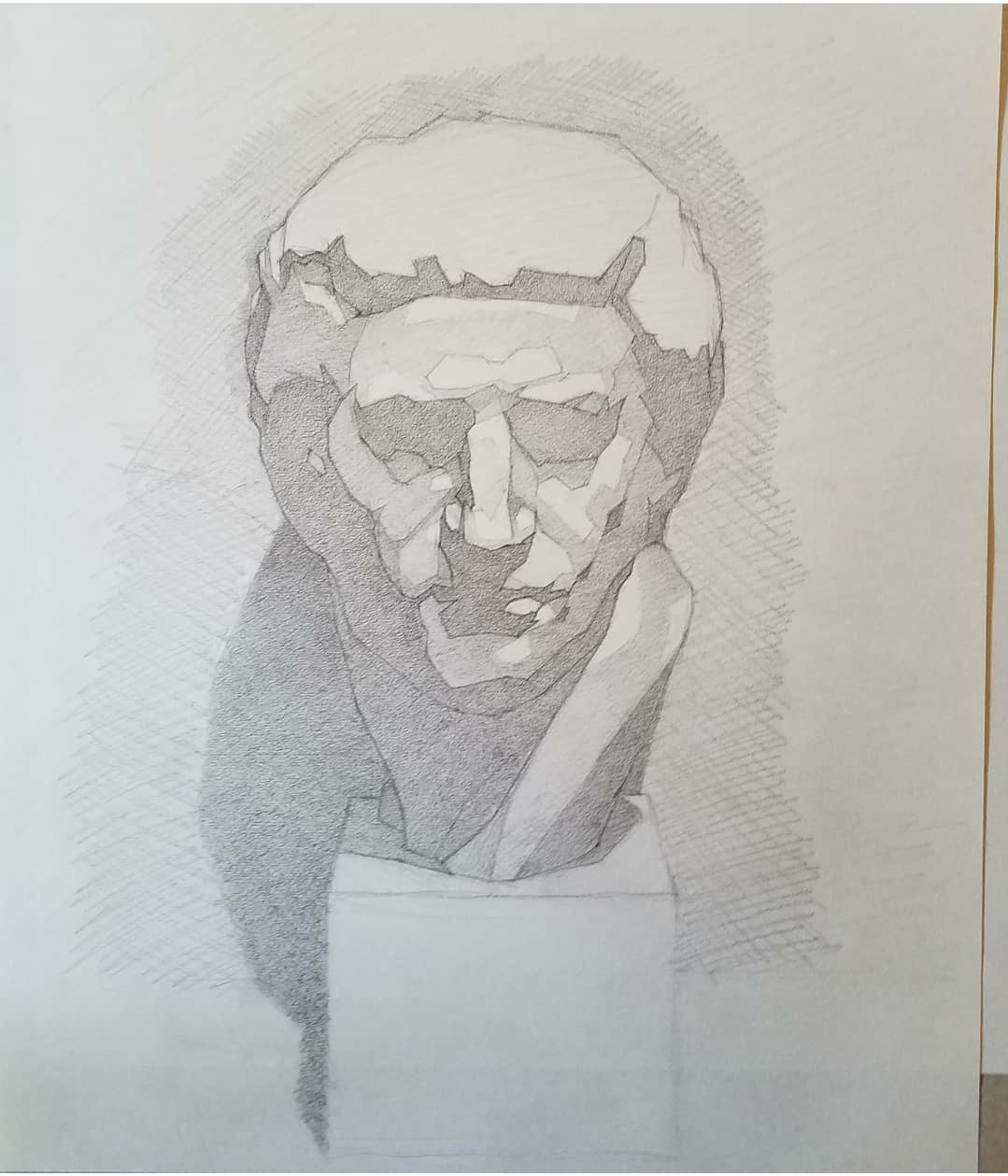
In September of 2019 I had the honor of teaching a workshop in Paris. My workshop ran from Monday through Friday of the designated week. My flight home left on Monday. There was a concentrated workshop offered by a friend on my 2 free days, and so I attended and drew and listened.
At one point my friend addressed the perception and representation of the features of the face of the posed model. There could be a joke about this…”An artist walks into a bar….” I remember him specifically saying time and again not to draw the features as features but to allow the features to arise out of the shapes and values and color relations gleaned from close observation. At some point his phone beeped, signaling a break. I sauntered around the class to observe the work of the 8 or 10 attendees. Every single one of them had drawn the eyes, the nose, the mouth…not in the manner described above. The details had not emerged from perception of value and shape and color. The attendees had drawn symbolically. They had drawn as children would draw. They imposed upon the drawing a representation of each of the facial features. And they had done so after the most explicit warning not to do so and after seeing the results of a process they found most pleasing and one they hoped to mimic.
But they could not. They were programmed to draw signs. They were programmed to impose an understanding from their minds on the drawing. In reality, they had never been taught to see. They had never really looked. Ever.
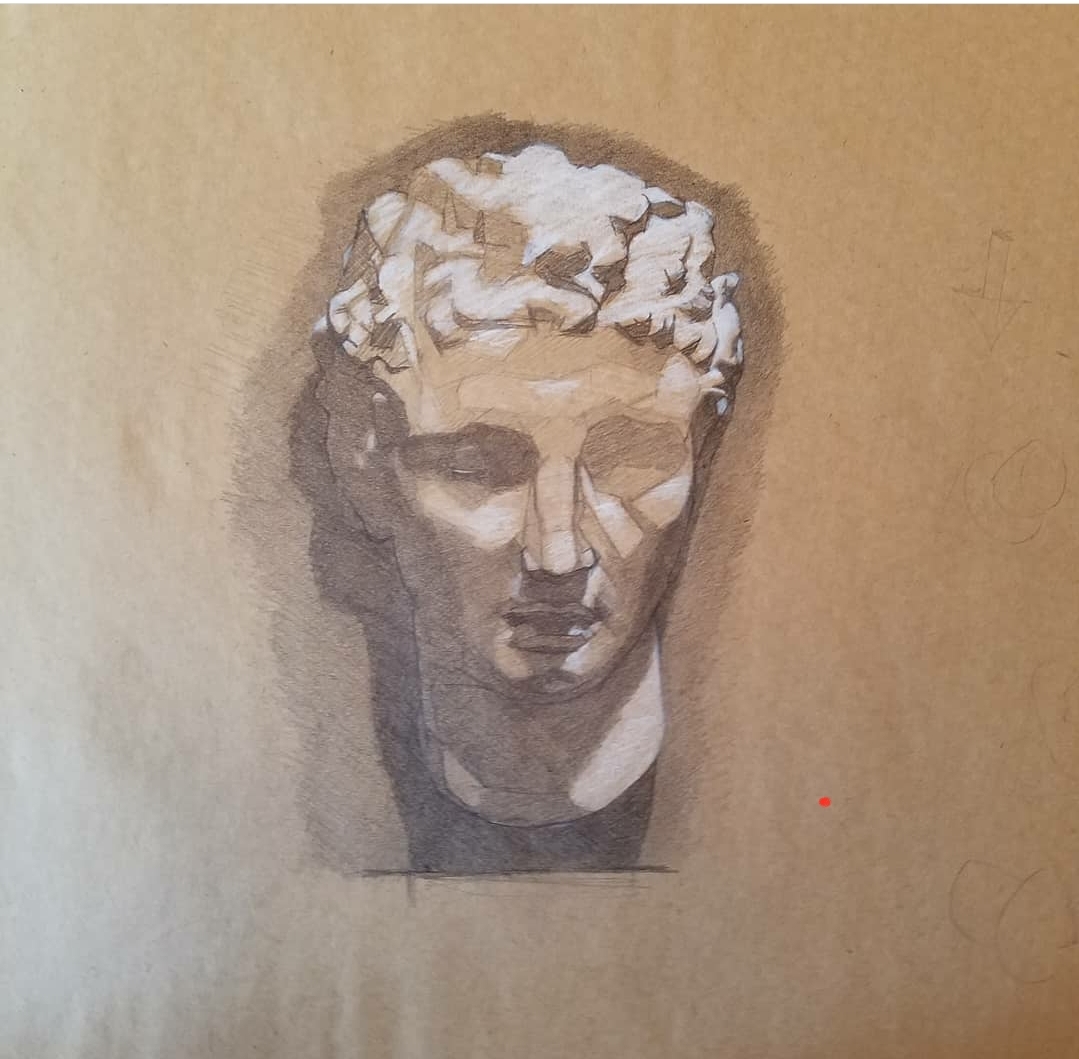
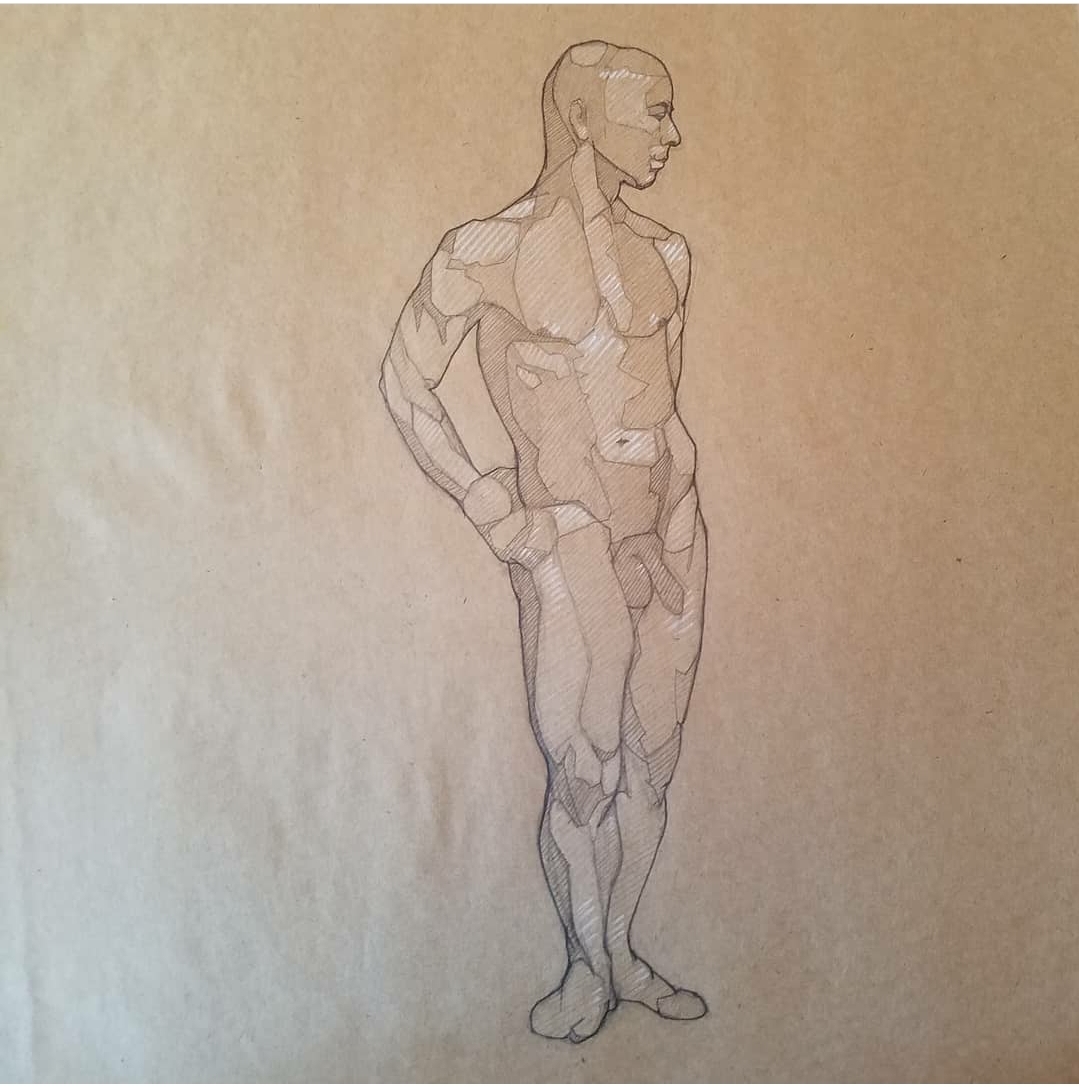
The drawing process as I learned it was the education in a style of vision. The adoption of the style of vision involved an arduous, 2-step process: (1) an unlearning of the dependence on understanding vs. perceiving which leads to sign representation as opposed to perceptually received information and (2) a development of trust in the reception of perceived information and a translation of that information into a technical and motor docility that allows for a representational schema to occur that never slides into sign representation.
This type of drawing demands a trust in the validity of perception reaching out and touching objects just like the blind man’s cane generates perception in the absence of vision and acts as an extension of body into the world and a definition of the radius of that world. The style of perception I learned is certainly not the only style that allows for the eyes to act as the blind man’s cane. It is one among many. All of them seek to restore to perception a sense of world-encounter that is not filtered through or regulated by the signs generated by previous understanding and thought. As Merleau-Ponty continues: “As a system of motor powers or perceptual powers, our body is not an object for an ‘I think.'”
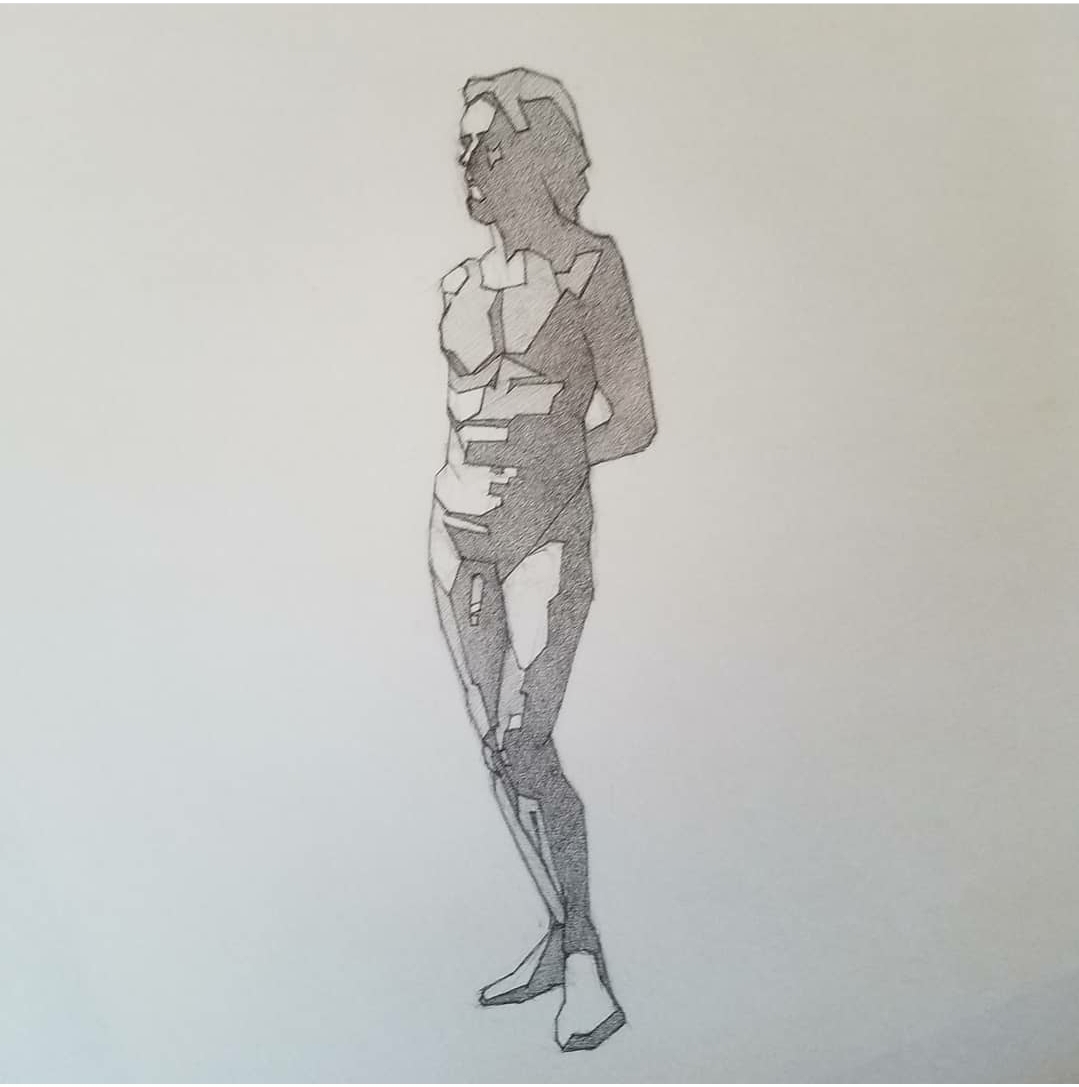
The human world is a bigger world than “I think.” The human instrument that allows for engagement with that larger world is “I perceive.” And in experiencing ‘I perceive” I become aware that the universe itself…Reality…is vastly bigger than either “I think” or “I perceive.” I become aware of the limit of the human perspective and of its power to move in that larger world. But now I move with a liberation from the constant imposition of the human perspective on the realm of the universe. I realize that I am a blind man moving through the darkness fully trusting his cane.
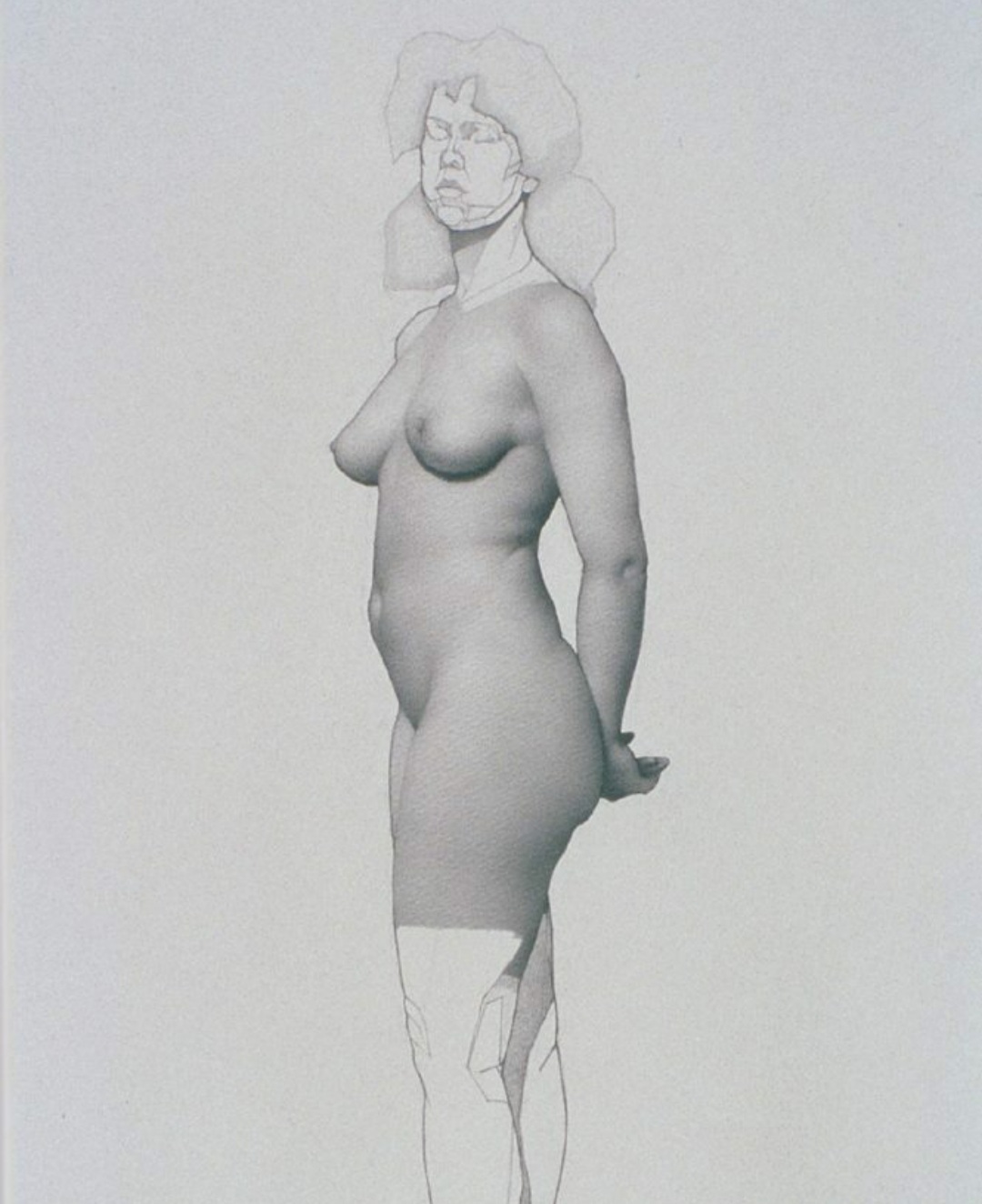
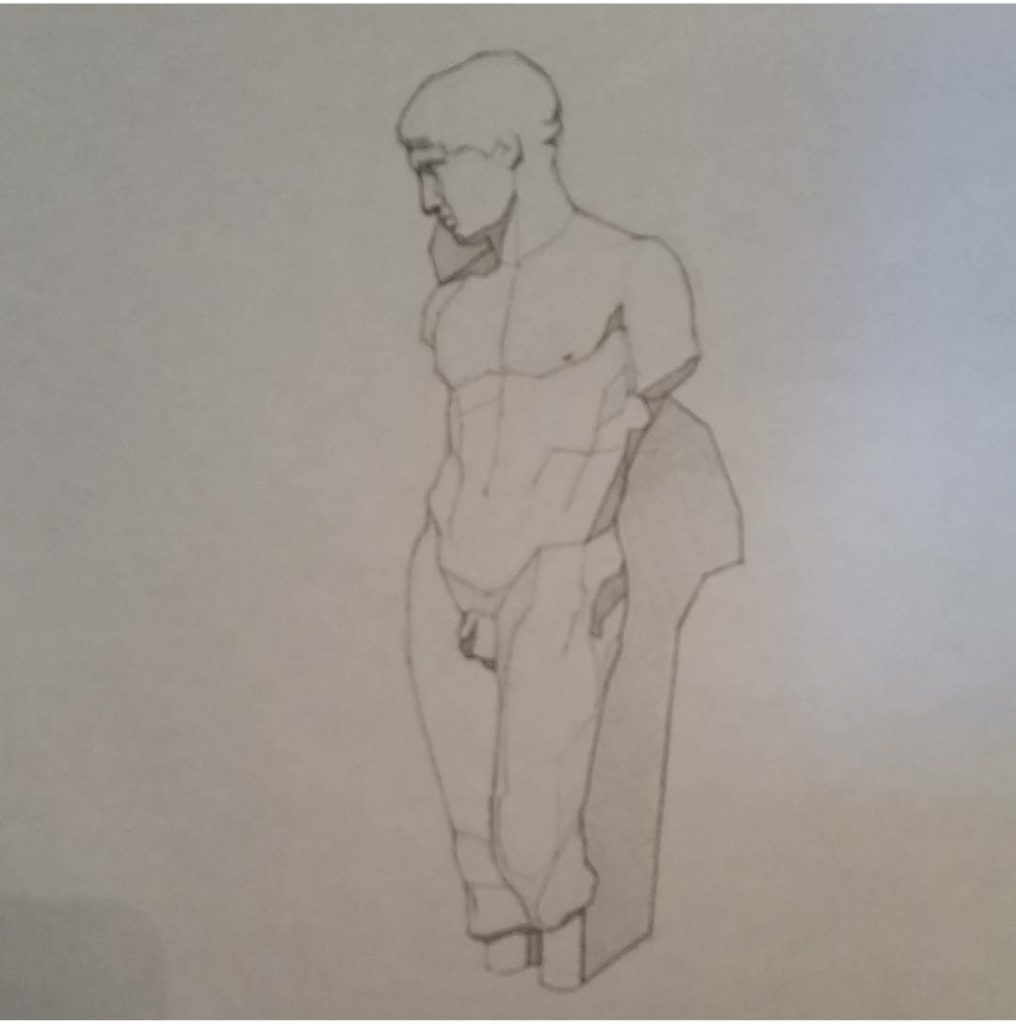
Connect with Anthony Mastromatteo:
Website | Instagram
Visit EricRhoads.com (Publisher of Realism Today) to learn about opportunities for artists and art collectors, including: Art Retreats – International Art Trips – Art Conventions – Art Workshops (in person and online, including Realism Live) – And More!




